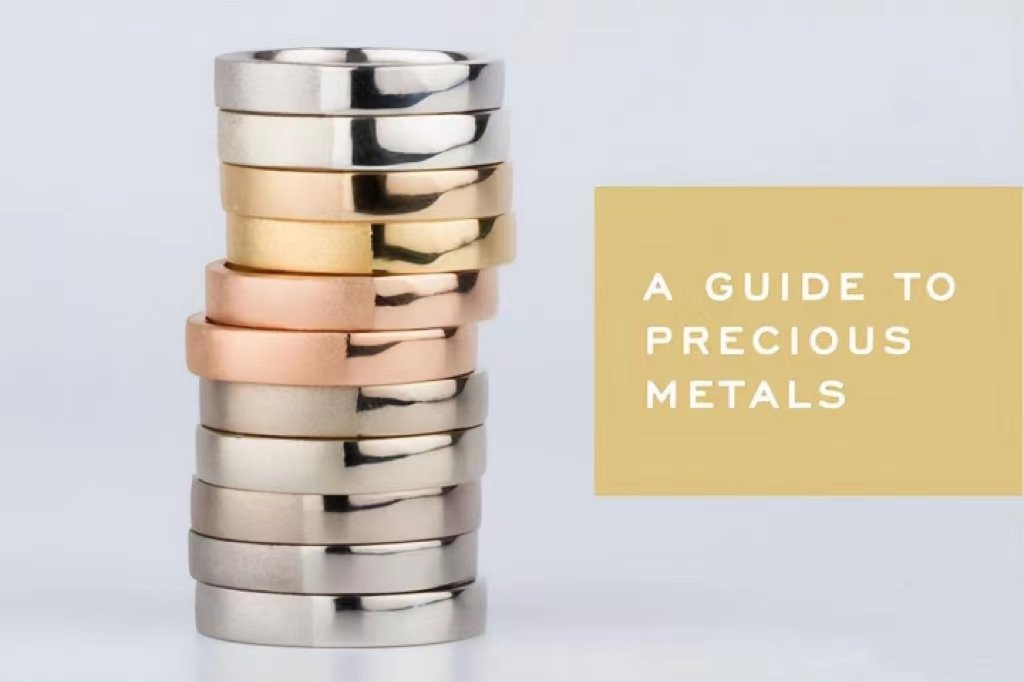
When buying a piece of expensive jewelry, merchants are always eager to introduce the unique design and style of the product. However, they often rarely mention the precious metal material of the jewelry. Customers will have a clear idea of what color jewelry products they prefer. However, the problem is that there are many different materials for products of the same color. Ordinary people do not understand the physical properties of materials, let alone why the price of metals of the same color varies greatly. This article will explain the different precious metal materials in detail. When buying jewelry after reading, you can consider three aspects of your needs: color preference, lifestyle, and budget.
GOLD COLORS AND KARATS
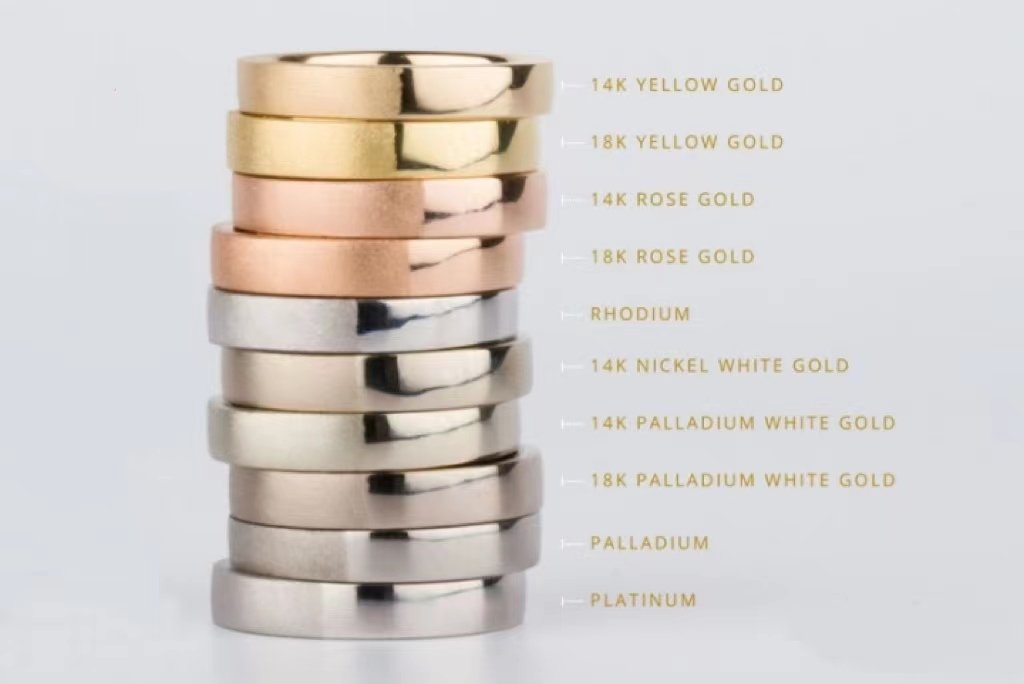
Gold has been used in jewelry since ancient times because its color resembles sunlight. Of all the precious metals, gold is the most widely used in terms of color and purity. The purity of gold is measured in carats. 100% gold is 24 carats. Products 14k and 18k indicate what percentage of every 24 carats is pure gold. 14karat (14K) is 14/24 karats = 58.5% gold and 18 karat (18K) is 18/24 karats = 75% gold.
Pure 24-karat gold isn’t the best because it’s soft and won’t withstand everyday life’s natural wear and tear. It is mixed with other metals to strengthen it to form an alloy, which produces a color change.
Alloys with higher k carats (say, 18 karats) have a higher gold content, which means the color is closer to the natural pure gold tone. Gold is usually mixed with copper, silver, and zinc as an alloy.
ROSE GOLD
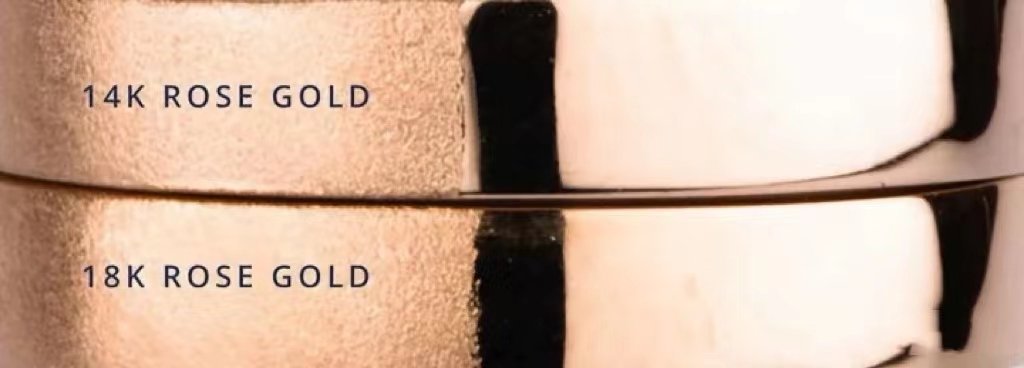
The gold content algorithm of Rose alloy is the same as that of gold alloy above, only because it is mixed with copper, silver, and zinc, turning it rosy.
Rose gold with a high carat looks like peach because it contains more gold than others. Low-carat rose gold has a higher copper dose, so it looks pinkish.
NICKEL WHITE GOLD

Like rose gold, nickel white gold gets its color from the addition of other metals. In traditional nickel white gold synthesis, nickel is used as a bleach to remove the yellow from gold. Nickel white gold is yellowish in color and is usually rhodium-plated. Most nickel white gold jewelry contains this layer of rhodium, which gives it a bright white finish, but the rhodium plating eventually disappears. So nickel white gold needs to be re-maintained at least once every 1-2 years.
PALLADIUM WHITE GOLD
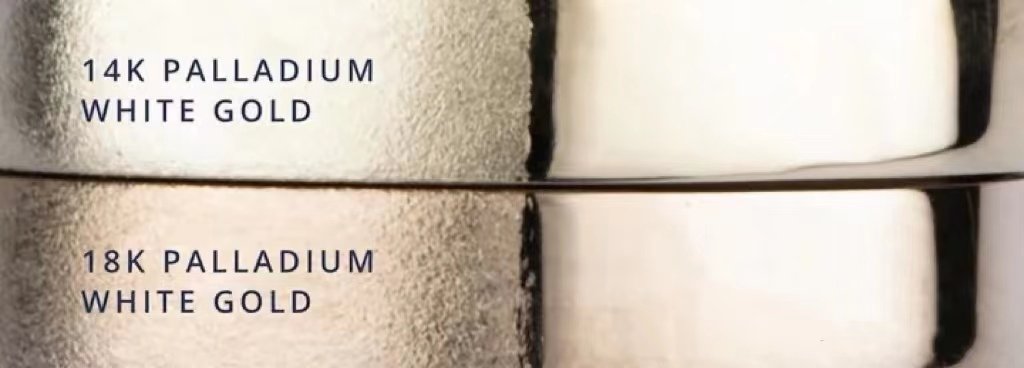
Palladium white gold is a warm off-white color. In this palladium white gold, palladium is used as a bleach, along with silver and copper, to remove the yellow color of gold. Palladium is used instead of nickel in the synthesis, so the palladium alloy is hypoallergenic. So it’s better! Palladium is rarer than gold and is a jewelry raw material, with its purity, hypoallergenic material, and ease of maintenance advantages.
PLATINUM
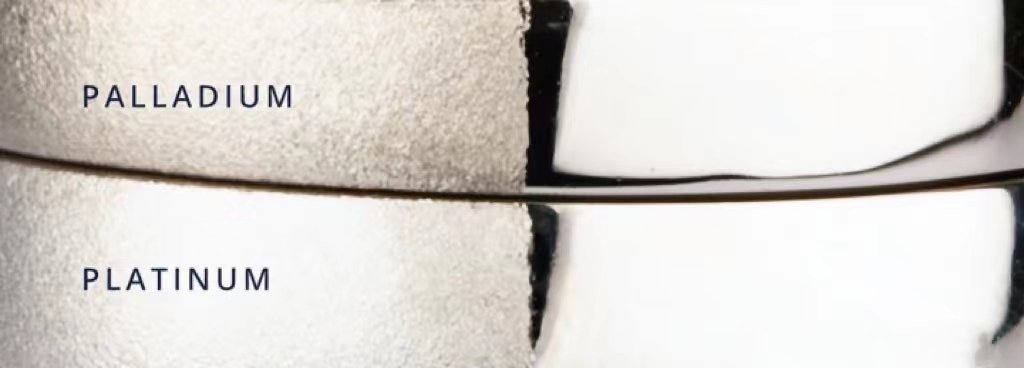
Platinum is also a natural off-white rare precious metal, like palladium, which is brighter than palladium; platinum is hypoallergenic and does not need rhodium plating. Platinum is the densest precious metal in jewelry and, therefore, the most expensive. Its high density is perfect for setting diamonds, and platinum is resistant to scratches. However, the top layer will develop a bronze color over time and requires regular polishing and maintenance.
So is that clear? Platinum is not white gold!